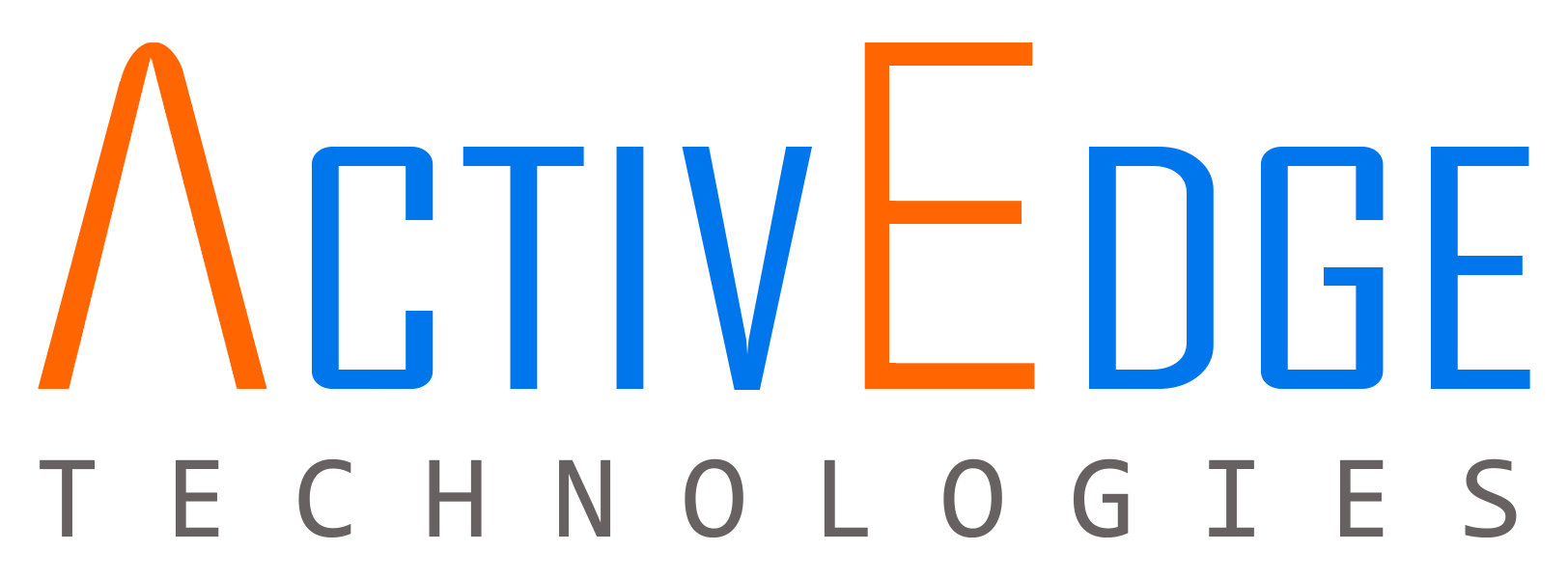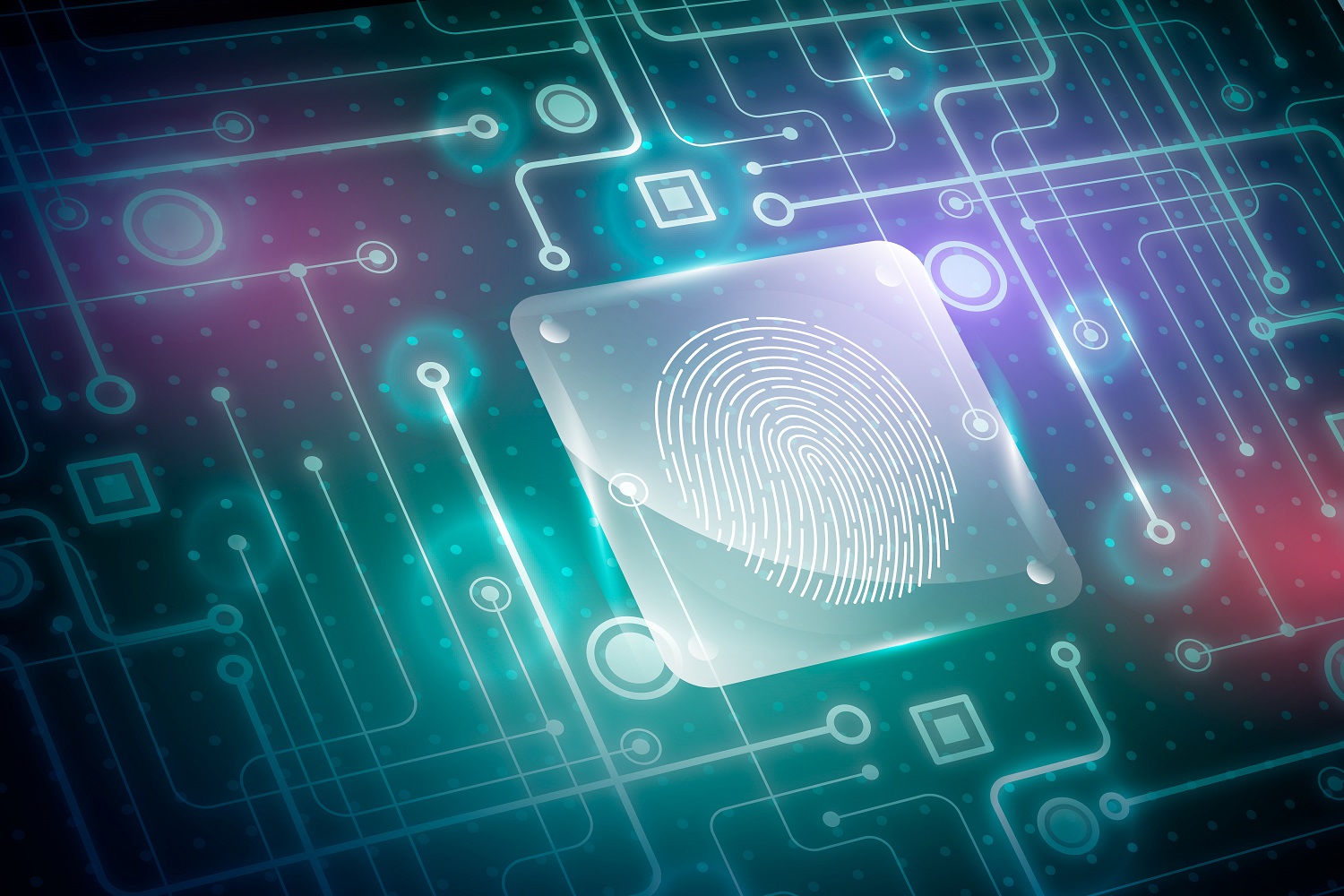What is identity and access management (IAM)?
Identity and access management (IAM) is the cybersecurity discipline that deals with how users access digital resources and what they can do with those resources. IAM systems keep hackers out while ensuring that each individual user has the exact permissions they need to do their jobs—and not more than that.

The average corporate network houses both human users (employees, customers, contractors) and non-human users (bots, IoT and endpoint devices, automated workloads). With the rise of remote work and cloud computing, these users are increasingly distributed, and so are the resources they need to access.
Organizations may struggle to keep track of what all these users are doing with apps and assets scattered across on-premises, remote and cloud-based locations. This lack of control poses serious risks. Hackers can break into a network undetected. Malicious insiders can abuse their access rights. Even benign users can accidentally violate data protection regulations.
IAM initiatives can help streamline access control, protecting assets without disrupting legitimate uses of those assets. Identity and access management systems assign every user a distinct digital identity with permissions tailored to the user’s role, compliance needs and other factors. In this way, IAM ensures only the right users can access the right resources for the right reasons, while unauthorized access and activities are blocked.
The core components of identity and access management
The purpose of IAM is to stop hackers while allowing authorized users to easily do everything they need to do, but not more than they’re allowed to do. IAM implementations use a variety of tools and strategies to achieve this goal, but they all tend to follow the same basic structure.
A typical IAM system has a database or a directory of users. That database contains details about who each user is and what they can do in a computer system. As users move through a system, the IAM uses the information in the database to verify their identities, monitor their activities and ensure they only do what the database says they can do.
For a more in-depth understanding of how IAM works, it helps to look at the four core components of IAM initiatives: identity lifecycle management, access control, authentication and authorization, and identity governance.
Identity lifecycle management
Identity lifecycle management is the process of creating and maintaining digital user identities for every human and non-human user in a system.
To monitor user activity and apply tailored permissions, organizations need to differentiate between individual users. IAM does this by assigning each user a digital identity. Digital identities are collections of distinguishing attributes that tell the system who or what each user is. Identities often include traits like a user’s name, login credentials, ID number, job title and access rights.
Digital identities are typically stored in a central database or directory, which acts as a source of truth. The IAM system uses the information in this database to validate users and determine what it will and won’t allow them to do.
In some IAM initiatives, IT or cybersecurity teams manually handle user onboarding, updating identities over time and offboarding or deprovisioning users who leave the system. Some IAM tools allow a self-service approach. Users supply their information and the system automatically creates their identity and sets the appropriate levels of access.
Access control
Distinct digital identities not only help organizations track users but also enable companies to set and enforce more granular access policies. IAM lets companies grant different system permissions to different identities rather than give every authorized user the same privileges.
Today, many IAM systems use role-based access control (RBAC). In RBAC, each user’s privileges are based on their job function and level of responsibility. RBAC helps streamline the process of setting user permissions and can mitigate the risks of giving users higher privileges than they need.
Say a company were setting permissions for a network firewall. A sales rep likely wouldn’t have access at all, as their job doesn’t require it. A junior-level security analyst might be able to view firewall configurations but not change them. The CISO would have full administrative access. An API that integrates the company’s SIEM with the firewall might be able to read the firewall’s activity logs but see nothing else.
For added security, IAM systems may also apply the principle of least privilege to user access permissions. Often associated with zero-trust cybersecurity strategies, the principle of least privilege states that users should only have the lowest permissions necessary to complete a task, and privileges should be revoked as soon as the task is done.
In keeping with the principle of least privilege, many IAM systems have distinct methods and technologies for privileged access management (PAM). PAM is the cybersecurity discipline that oversees account security and access control for highly privileged user accounts, like system admins.
Privileged accounts are treated more carefully than other IAM roles because theft of these credentials would allow hackers to do whatever they want. PAM tools isolate privileged identities from the rest, using credential vaults and just-in-time access protocols for extra security.
Information about each user’s access rights is usually stored in the IAM system’s central database as part of each user’s digital identity. The IAM system uses this information to enforce each user’s distinct privilege levels.
IAM solutions and services
Many key IAM workflows, like authenticating users and tracking their activity, are hard or outright impossible to do manually. Instead, organizations rely on technology tools to automate IAM processes.
In the past, organizations would use point solutions to manage different parts of IAM—for example, one solution to handle user authentication, another to enforce access policies and a third to audit user activity.
Today, IAM solutions are often comprehensive platforms that either do everything or integrate multiple tools into a unified whole. While there is plenty of variation in IAM platforms, they all tend to share common core features like:
- Centralized directories or integrations with external directory services like Microsoft Active Directory and Google Workspace
- Automated workflows for creating, updating and removing digital identities
- The ability to create a network-wide, product-agnostic identity fabric that allows the organization to manage identity and access for all apps and assets—including legacy apps—through a single, authoritative directory
- Built-in authentication options like MFA, SSO and adaptive authentication
- Access control functions that let companies define granular access policies and apply them to users at all levels, including privileged accounts
- Tracking capabilities to monitor users, flag suspicious activity and ensure compliance
- Customer identity and access management (CIAM) capabilities that extend identity lifecycle management, authentication and authorization measures to digital portals for customers, partners and other users who site outside the organization
Some IAM solutions are built for specific ecosystems. For example, Amazon Web Services (AWS) IAM and Google Cloud IAM platforms control access to resources hosted in those respective clouds.
Other IAM solutions—like the ones produced by Microsoft, IBM, Oracle and others—are meant to work for all resources in a corporate network, regardless of where they’re hosted. These IAM solutions can act as identity providers for all kinds of services, using open standards like SAML and OpenID Connect (OIDC) to exchange user authentication information between applications.
Why is identity and access management important?
IAM initiatives can help fulfill several use cases spanning cybersecurity, business operations and more.Digital transformation
With the rise of multi-cloud environments, AI and automation and remote work, digital transformation means companies need to facilitate secure access for more types of users to more types of resources in more locations.
IAM systems can centralize access management for all these users and resources, including non-employee and non-human users. A growing number of IAM platforms now incorporate or integrate with customer identity and access management (CIAM) tools, enabling organizations to manage access for internal and external users from the same system. Workplace identity and access management
Businesses today maintain remote and hybrid workforces, and the average corporate network features a mix of legacy on-prem systems and newer cloud-based apps and services. IAM solutions can streamline access control in these complex environments.
Features like SSO and adaptive access allow users to authenticate with minimal friction while protecting vital assets. Organizations can manage digital identities and access control policies for all systems from a single, central IAM solution. Rather than deploying different identity tools for different assets, comprehensive IAM systems create a single source of truth, management and enforcement for the entire IT environment.IT management and network administration
IAM systems, particularly those that support SSO, let users access multiple services with a single identity instead of creating different accounts for each service. This significantly reduces the number of user accounts that IT teams must manage. The growth of bring your own identity (BYOI) solutions, which allow users to manage their own identities and port them between systems, may also help simplify IT management.
IAM systems can streamline the process of assigning user permissions by using RBAC methods that automatically set user privileges based on role and responsibilities. IAM tools can give IT and security teams a single platform for defining and enforcing access policies for all users.Regulatory compliance
Standards like GDPR, PCI-DSS and SOX require strict policies around who can access data and for what purposes. IAM systems allow companies to set and enforce formal access control policies that meet those standards. Companies can also track user activity to prove compliance during an audit.Network and data security
According to IBM’s Cost of a Data Breach report, credential theft is a leading cause of data breaches. Hackers often target overprovisioned accounts with higher permissions than they need. These accounts are usually less protected than admin accounts, but they allow hackers to access vast swaths of the system.
IAM can help thwart credential-based attacks by adding extra authentication layers so that hackers need more than just a password to reach sensitive data. Even if a hacker gets in, IAM systems help prevent lateral movement. Users only have the permissions they need and no more. Legitimate users can access all the resources they need on demand while malicious actors and insider threats are limited in what they can do.
Take the next step
Schedule time with one of our Identity Services experts to learn more about our Identity Services solutions for enterprises and customers.

